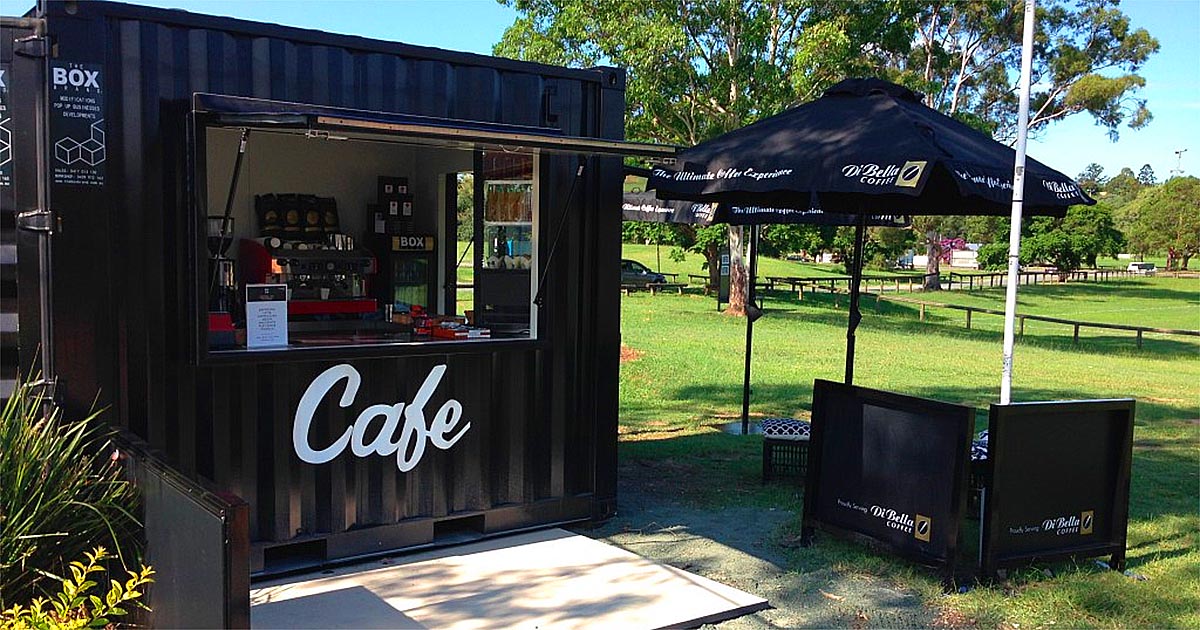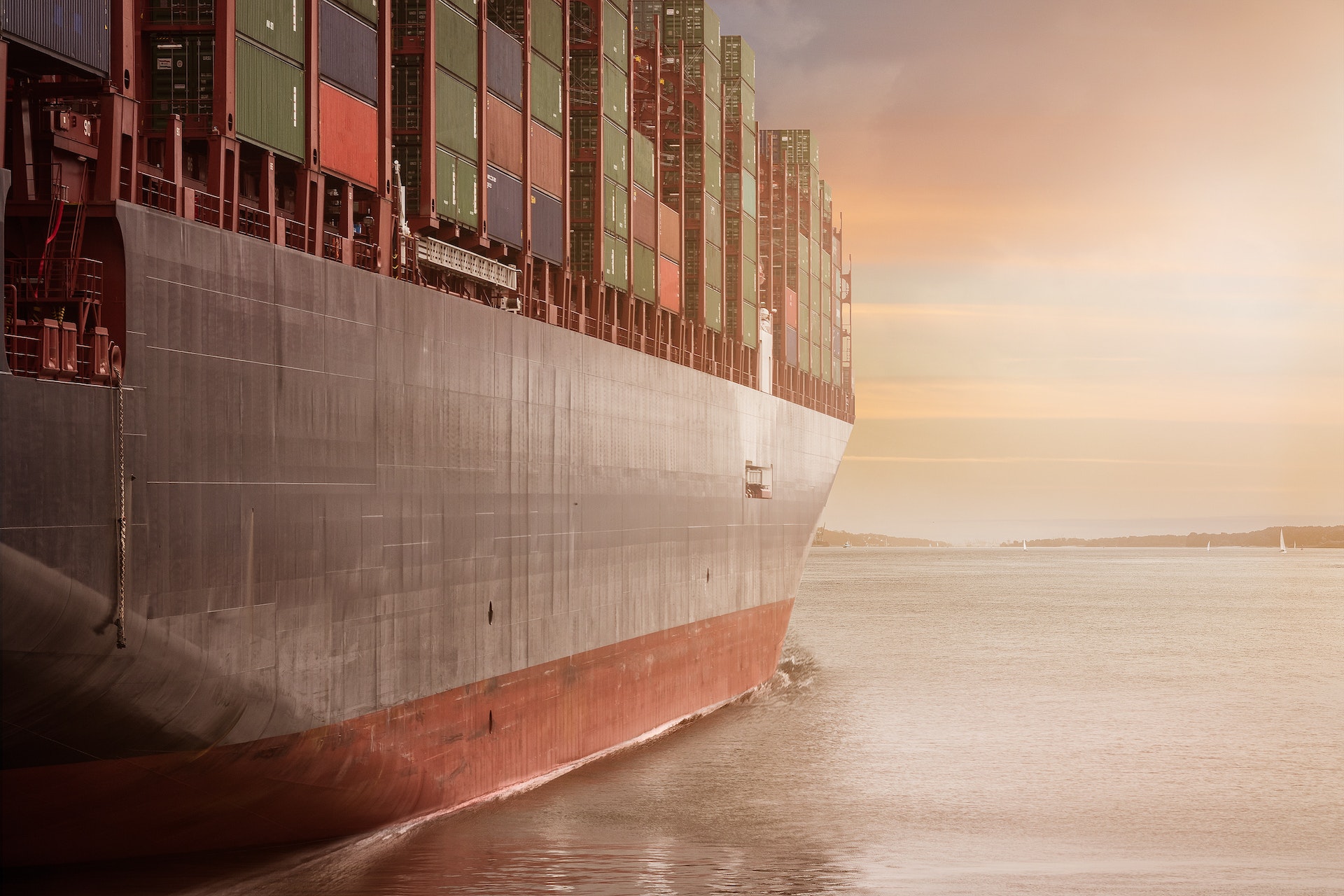A Brief History Of Shipping Containers
As you go about your daily business, the chances are you’ll pass by container storage units or shipping containers being transported. We see so many different containers every day, that often we are completely unaware of their existence.
However, many people don’t know the history and development of shipping containers. Where was the concept from? Why do they all look so similar no matter where you are in the world? Perhaps, it’s something that not a lot of people are too interested in. But, since you’re here and reading this article, there’s a good chance that such questions have sprung to your mind.
And you’re not alone… In fact, almost 3,500 people are searching on Google each month, to find out more about the humble shipping container. So, with questions such as the ones we’ve listed above being on so many people’s minds – we thought we’d put together this informative article explaining the history of container shipping in some detail.
Shipping Freight In A World Before Containers

The transition of goods by boat and via sea dates back thousands of years. Even small settlements would trade with their nearest neighbours on small scales and use boats to move possessions and wealth.
As the technological advances in maritime transportation increased, it allowed for goods to be brought back from far away continents. Notably, with European colonisation in Africa, Asia and The Americas – the need to move large quantities of valuable goods back to home countries became a necessary process in the expansion of these Empires.
However, there were many problems faced by traders and merchants in the early days of intercontinental trade. The early logistical processes were not in any way as efficient as today’s standards. Moving goods (even on land) involved processes which were strenuous, time consuming and very labour intensive.
As the integration of railroad transportation took place within the shipping and freight industry. Being able to more seamlessly transport goods from ships and onto freight trains quickly became a key opportunity for streamlining the previously ineffective processes.
The Revolutionary Introduction Of The Shipping Container
The push to revolutionise the slow and lethargic processes which were in place for mass transportation of goods had been at the forefront of freight forwarders and port associations since the end of the Second World War.
During The Arctic Convoys (1941-45) which had seen the mass transportation of supplies and munitions between the Allied Nations of World War Two, it became clear that there were ways to improve the logistical processes of transporting civilian freight.
This initiative was seized in the early to mid 1950s by American businessman Malcom P. McLean. McLean was a haulier by trade, and after acquiring a North American Shipping Company, he endeavoured to find a way in which trailers could be directly loaded onto a ship from a truck, instead of having Longshoremen load and unload freight manually.
He acquired two World War Two tankers in 1956 and had these converted in order to store containers under deck, much to the dismay of the International Longshoremen’s Association – who realised that on a global scale, container ships would render them useless in the freight and shipping process. A top spokesman of the Association, Freddy Fields, remarked “I’d like to sink that son of a b***h”.
Container ships quickly proved a huge success, and were adapted by shipping companies and hauliers around the world. The concept meant that turnaround times at ports for freight ships were slashed due to easy loading and unloading onto trucks and freight trains directly at the dockside.
Global Regulations For Shipping Containers Introduced
Because the uptake in using container shipping as a method of goods transportation was so high towards the end of the 1950s, it was only 5 years after Malcom McLean’s maiden container ship voyage, that there were international standards and regulations set on the container sizes and types.
These maritime standards are the reason that so many containers throughout the world look so similar. It regulated the materials which they can be made from as well as their sizes. Dictating that containers could be either 20 feet or 40 feet in length and made from cast-iron or steel.
The Alterations To Container Shipping Over Time
In comparison to the wheel, the invention of container shipping as part of transportation is still a relatively new one. However, since that bright idea from Malcom McLean in the 1950s, there have been serious amounts of technological advancement since.
Whilst the concept remains relatively the same, the assistive and innovative technologies which now support it are a far cry from those two Second World War Tankers which Malcom converted.
Take for example, the Maasvlakte 2 Cranes at The Port of Rotterdam in The Netherlands. These cranes are fully-automated and can load and unload ships without any staff being required (something which Freddie Fields of the International Longshoremen’s Association would have most certainly cursed).
They’re Not Just For Shipping Goods Anymore!

Although these simple boxes of metal were devised as a much more effective way to transport goods across the globe. Innovation from all corners of the globe have found interesting and sometimes quite strange ways to use shipping containers in day to day life.
The obvious standout is the use of containers as a storage solution. Most towns and cities will have at the very least one container storage park close-by. It’s hardly surprising that if these containers were used to transport goods, then they can naturally store them just as well in a fixed place.
Some more standout uses since the turn of the 21st century is the use of containers as pop-up shops and cafes. In cities like London, where commercial space is at a premium and ‘urban-farm’ initiatives are most prominent. Retired shipping containers have been put to use as cafes, pop-up shops and many more innovative commodities for the general public.


